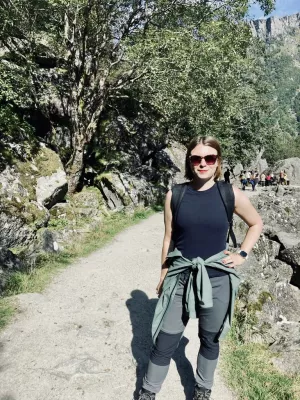
Kristin Doering
Forskare

Did Algae Eat All the Silica in the World’s Oceans?
Författare
Summary, in English
Silicon is a crucial nutrient that can join with the element oxygen to form a substance commonly called silica. Silica, commonly known as glass, is found in rocks in the Earth’s crust and dissolves into the oceans, where organisms like algae and sponges use it to build their glassy skeletons. This process, called biosilicification, is extremely important in the silica cycle. Over time, organisms have changed the silica cycle. Today, because of these organisms, the oceans no longer contain much silica. However, when the Earth was younger and these organisms had not evolved yet, no biological processes affected silica in the oceans. The evolution of these oceanic organisms across time has removed silica from the oceans. In this article, we discuss how the evolution of silicon-using sponges, as well as tiny organisms called zooplankton and algae, have changed the amount of silica in the world’s oceans through geologic time.
Avdelning/ar
- Berggrundsgeologi
- Kvartärgeologi
Publiceringsår
2024-01-09
Språk
Engelska
Publikation/Tidskrift/Serie
Frontiers for Young Minds
Fulltext
Dokumenttyp
Artikel i tidskrift
Förlag
Frontiers Media S. A.
Ämne
- Geochemistry
Nyckelord
- silica
- Diatoms
- Geologic Time
Aktiv
Published
ISBN/ISSN/Övrigt
- ISSN: 2296-6846

